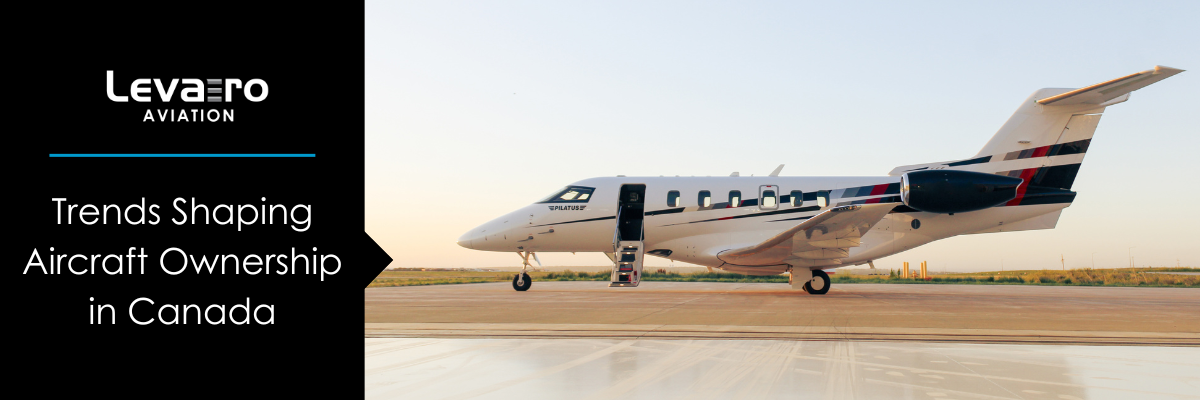Written by Stan Kuliavas
Flying cars were once a far-off dream; something that could never come to fruition in our lifetime. Now, Electric Vertical Takeoff and Landing vehicles (eVTOLs) are preparing to enter the market and takeoff. But what does this mean for the future of our industry?
If coverage in publications like TechCrunch and Fast Company are any indication of what’s next, eVTOLs have been undoubtedly named the transportation of the future. Envisioned to help commuters avoid congested roadways, eVTOLs are, simply-put, the natural evolution of the helicopter. Upon takeoff, the aircraft lifts off the ground and can hover like a helicopter. However, the main difference between the two are price point and environmental impact. eVTOL aircraft use electric propulsion, cutting the emissions and noise of helicopters.
Though it’s too early to tell exactly when these new aircraft will launch into mainstream popularity, it’s easy to imagine how profoundly they will simplify the lives of the average commuter. Experts also envision taxi models, where small groups of commuters could share an eVTOL aircraft, essentially carpooling in the sky. According to CNN, aircraft manufacturer Airbus is collaborating with French transport operator RATP Group to investigate the feasibility of using eVTOLs to transport spectators from the Paris airport into the heart of the city for the 2024 Olympic Games. The $11.4 million project is not the first of its kind: NASA has partnered with Uber to explore its flying taxi program, Elevate, which it hopes to roll out across the US in 2023, and in Melbourne, Australia shortly after.
Between the noise and emissions reductions, speed and convenience, eVTOLs seem like the perfect solution for fast commutes. Yet, there are a few key obstacles producers are facing getting these transport trailblazers to market.
1. Insurance
Flying cars will disrupt current insurance models for individuals, aircraft companies, and insurance companies. Currently, the aviation insurance policy is similar to car insurance except for one crucial clause: aviation insurance covers the aircraft not only when it is in the air, but also for any damage that may occur on the ground beneath it. eVTOL aircraft will spend more time hovering above cities and towns than existing forms of air travel, and so insurance companies will need to restructure their policies for aircraft before eVTOLs are made publicly available.
2. Access to Airspace
Our roads are busy, but so are our airways. According to the National Air Traffic Controllers Association, over 80,000 flights cross the United States every day. Before eVTOLs can make their mark in our skies, there needs to be room for them. One possible solution is to supplement manpower with computer power: experts propose incorporating an unmanned aircraft traffic management system (UTM) into the existing traffic management. This, of course, is uncharted territory for a domain as expansive as our skies.
3. Public Acceptance
As with any new technology, eVTOLs may initially seem frightening, and the public has to be on board for the concept to really take off. Given the nature of eVTOLs, if the daily commuter isn’t invested in the idea, there won’t be enough traction to integrate personal aviation into daily life. It is going to take time, research, and a fair amount of convincing to get commuters to ditch their cars, trains, and buses, in favour of ‘flying cars’.
4. High Initial Costs
Even though eVTOLs may eventually become the most cost- and time-efficient way to commute, the early stage costs will be sky high. In order to integrate this new form of transport into society, the cost of building infrastructure and producing the product will remain inaccessible to most commuters. Uber’s Elevate may lessen usage prices, but production, sales, and insurance are going to drive up the price tag of those early rides.
5. Securing Takeoff and Landing Space
eVTOLs may require less space for takeoff and landing, but it’s still no small feat. In order for the aircraft to fulfill their potential of becoming the ultimate commuting solution, cities will have to develop multiple landing spots in core areas. Without an appropriate amount of space for numerous landings, or accessible landing pads spread across neighbourhoods, the airways may become as congested as highways — if not more so.
Though it’s easy for us to keep eVTOL technology grouped in the “far off future” category, it’s something that, corroborated with significant investments from mass-transportation giants, should be taken quite seriously now. If anything, it’s worth understanding in terms of recognizing consumer demand for faster, more efficient modes of transportation, as everything else around us evolves to meet our changing lifestyle needs. I, for one, am eager to watch how our industry evolves over the next 5 years, and encourage you to join in on the ride.




